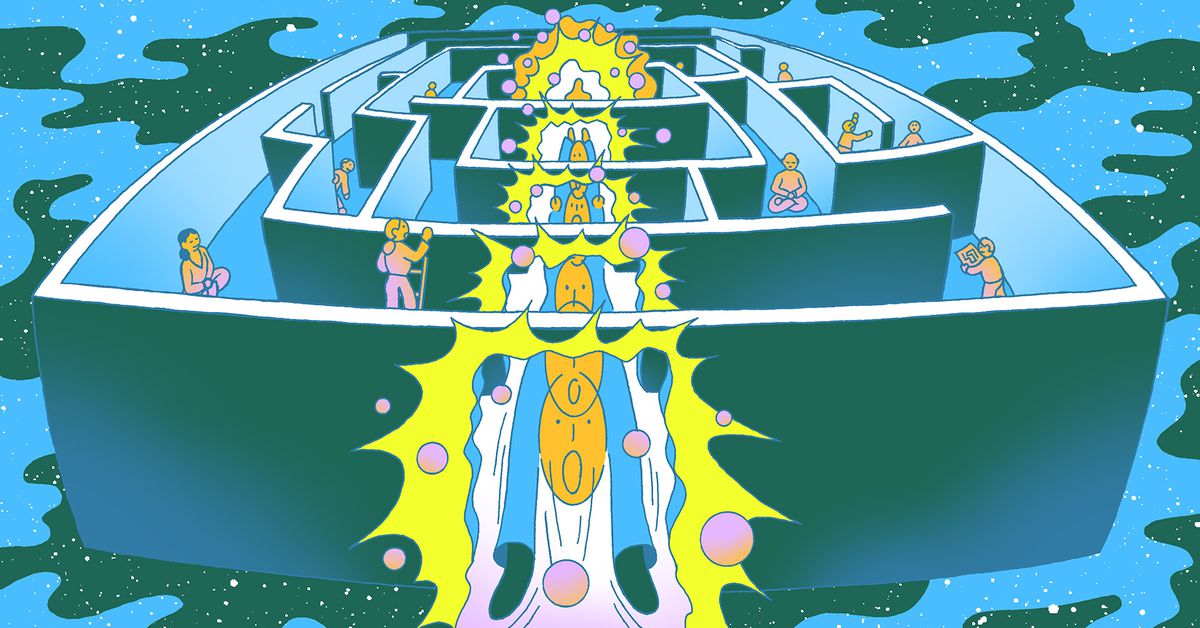- cross-posted to:
- appliedpsychology@mander.xyz
- hackernews@lemmy.smeargle.fans
- cross-posted to:
- appliedpsychology@mander.xyz
- hackernews@lemmy.smeargle.fans
There is a discussion on Hacker News, but feel free to comment here as well.
This is the best summary I could come up with:
At the 2005 Society for Neuroscience annual meeting, the Dalai Lama told a crowd of 14,000 conference participants (some of whom were upset by the presence of a religious leader at a scientific affair — one online petition to withdraw his invitation received nearly 800 signatures) that Buddhism and cognitive science share deep similarities.
“For 20 years, there were a lot of single-arm trials [without controls like placebo groups or randomization] showing MBSR, in its various forms, can actually help improve health outcomes,” said David Vago, a founding neuroscientist at the International Society for Contemplative Research.
“These types of experiences are often described as transformative,” Sacchet explained, “that is, as laying the foundations for new ways of being, which may include updated understandings of meaning in life, and increased capacities for joy, happiness, and general well-being.”
One of the spirit tech frontiers is transcranial ultrasound stimulation, a method Jay Sanguinetti, an assistant professor, and Shinzen Young, a celebrated meditation teacher, are working on as co-directors of the SEMA Lab (Science Enhanced Mindful Awareness) at the University of Arizona.
Even now, Daniel Ingram, a former emergency room physician and author of Mastering the Core Teachings of the Buddha, cautioned, “there’s basically a long, slow trainwreck happening between people getting into these experiences and the clinical mainstream just not understanding them.”
Ingram, Sacchet, and Vago are all members of the Emergent Phenomenology Research Consortium (EPRC), a network of scholars and practitioners aiming to foster deeper dialogue between clinical care, public health, and the deep end of human experience.
The original article contains 4,007 words, the summary contains 256 words. Saved 94%. I’m a bot and I’m open source!


